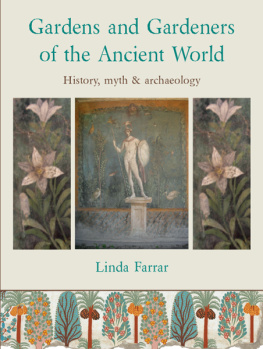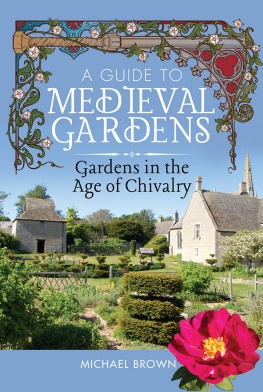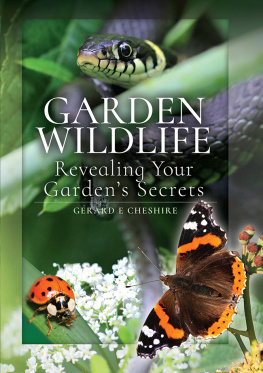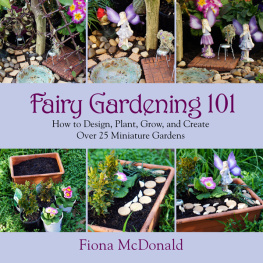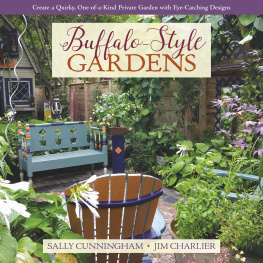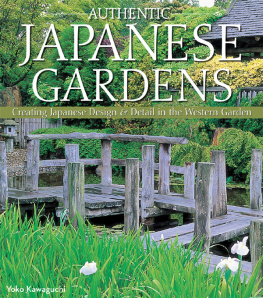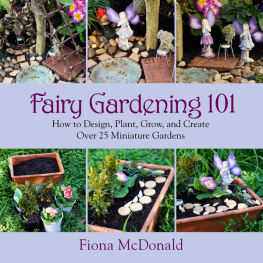To the memory of my sister Jeanette
Windgather Press is an imprint of Oxbow Books
Published in the United Kingdom in 2016 by
OXBOW BOOKS
10 Hythe Bridge Street, Oxford OX1 2EW
and in the United States by
OXBOW BOOKS
1950 Lawrence Road, Havertown, PA 19083
Windgather Press and L. Farrar 2016
Paperback Edition: ISBN 978-1-909686-85-4
Digital Edition: ISBN 978-1-909686-86-1
Kindle Edition: ISBN 978-1-909686-87-8
PDF Edition: ISBN 978-1-909686-88-5
A CIP record for this book is available from the British Library
All rights reserved. No part of this book may be reproduced or transmitted in any form or by any means, electronic or mechanical including photocopying, recording or by any information storage and retrieval system, without permission from the publisher in writing.
Printed in the United Kingdom by Latimer Trend
For a complete list of Windgather titles, please contact:
United Kingdom | United States of America |
Oxbow Books | Oxbow Books |
Telephone (01865) 241249 | Telephone (800) 791-9354 |
Fax (01865) 794449 | Fax (610) 853-9146 |
Email: | Email: |
www.oxbowbooks.com | www.casemateacademic.com/oxbow |
Oxbow Books is part of the Casemate group
Front cover images: (centre) Garden fresco, House of the Marine Venus, Pompeii; (flanking) detail of fresco with garden plants, House of the Golden Bracelet, Pompeii; (bottom) fragment of a tomb-painting in Nebamuns estate garden The Trustees of the British Museum.
Contents
List of Illustrations
Picture credits
American School of Classical Studies at Athens: Agora Excavations: 69
Ashmolean Museum, University of Oxford: 66
H. Baumann: 53
J.-M. Blas de Robls (after J.-C. Golvin): 113
Bridgeman Art Library: 27, 106, 146, 150
British Library: 139, 147, 154
British School at Athens (M. Cameron): 52
D. Bruff: 70
G. Carmichael: 35, 78, 10, 13, 15, 18, 21, 2425, 3234, 3637, 3943, 51, 54, 57, 5960, 62, 64, 68, 72, 79, 114, 118122, 125128, 134, 138, 144145, 149, 152
J. Chisnall: 9
Daremberg and Saglio: 73, 89, 110
Evans: 47, 48
G. Farrar: 136
J. Farrar: 124
W. Gell: 2
M. L. Gothein: 16, 19, 22, 38
R. T. Gunther: 80
J. Homan: 81a and b
L. Manniche: 29
G. Morley: 100
M. Shaw: 58
B. Smith: 74
D. Stronach: 44
M. Subtelny and W. Moskaliuk: 137
Trustees of the British Museum: 26
B. Yare: 20
Acknowledgements
There were many people who gave help and I would like to thank them all.
I would especially like to thank my mentor Dr Stanley Ireland, Warwick University Dept of Classics and Ancient History, and the Open Studies Dept; Rev. Prof. Martin Henig for his comments after reviewing the book. Prof. David Stronach for looking at an early draft of and for comments and helpful suggestions connected with the ancient gardens of Mesopotamia and Iran. Also Prof. Maureen Carroll, Prof. Anne Chapin, Prof. Antony R. Littlewood, Prof. D. Fairchild Ruggles and Dr Joyce Tyldesley for their helpful comments on individual chapters; Gillian Carmichael for producing a number of specially commissioned drawings and Gillian White for giving me that final spur to complete the Medieval chapter. And most of all my husband Jim for his encouragement over the years. I would also like to thank all the individuals, authors and institutions who have given aid or allowed texts and photographs to be reproduced here, including The American School of Classical Studies at Athens, Bridgeman Art Library, The British Library, The British Museum, The British School at Athens, Harvard University for their permission to quote extracts from Plinys letter, Penguin Books for permission to print Oleg Grabars translation of Ibn Luyns text, Jean-Marie Blas de Robls, Dr Gillian Brand, Don Bruff, Jeanette Chisnall, Judy Cottrell, Dr Stephanie Dalley, Rev. Geoffrey Farrar, Juanita Homan, Jan Jordan, Prof. Antony Littlewood, Dr Lise Manniche, Prof. Maria Mavroudi, Margaret Morley, Prof. Maria Shaw, Brenda Smith, Prof. David Stronach. Prof. Maria Subtelny, Angela Torpey, Brian Yare, the librarians at Stratford library, and of course my publishers.
Every effort has been made to trace copyright holders and we apologize in advance for any unintentional omissions or errors, these will be rectified in future editions if notification is sent to the publisher.
Simplified Time-Chart
Dates are approximate (rulers names are in brackets)
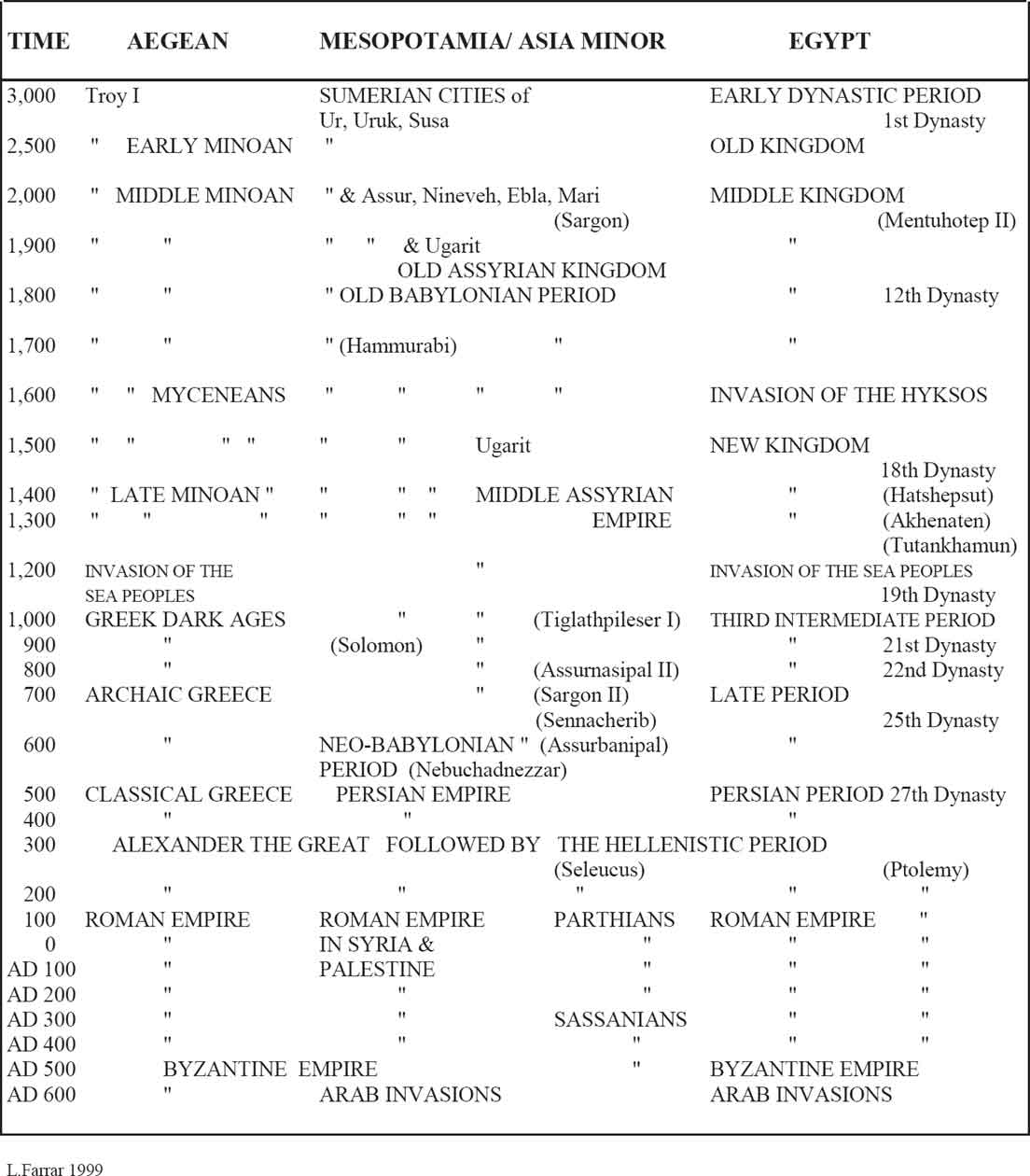
Preface
The history of gardens embraces many aspects of former ancient societies. We see how gardens related to houses and other buildings, how they were used for leisure and as status symbols. It highlights the skills needed by gardeners for landscaping and installing water features, and the use of a gradually increasing range of plants available. A study of gardens involves the art and architecture of the different periods and ancient societies links to religion. The myths and the literature of each period gives a valuable insight into the way people in the past thought and used their gardens. We understand how people enjoyed the fresh air and plants growing in their gardens, how they used art and architecture to enhance their garden spaces.
From the earliest of times people have sought to grow and nurture plants in a garden area. However, there are variations between a garden cultivated solely to provide produce, and one which is both productive and decorative, and finally a purely ornamental garden. The latter will be the main focus of this book. This book will concentrate on evidence for gardens of the early cultures and periods of the ancient world. Each period will be examined in turn, from the beginning of civilisation right up to the fall of Byzantium in AD 1453. In general books on garden history cover all periods up to the present, often placing all ancient gardens in one chapter at the beginning. But there is so much of interest to be found in these early centuries/millennia. Each period appears quite distinctive yet there are at times cross cultural links between them. In the process of gardening people may encounter common problems, and it can be interesting to discover how they develop comparable solutions to similar challenges, an example of this is how garden tools from any culture are easily recognisable because they have evolved to serve a common purpose.
Early civilisations were based on agriculture and lived in close contact with nature and the rhythms of the seasons. Both agriculture, and horticulture, were undertaken to ensure a family or community was self-sufficient. Agriculture developed into the large-scale cultivation of crops in fields, as opposed to horticulture which came to be practised in enclosed areas where special attention and care could be devoted to vegetables and the flowering plants growing there. Many vegetables and flowers require frequent watering and their needs meant that often specialised care was required to tend them. The gardeners role was to provide food for the table but also in some cases to enhance the appearance of garden areas. Gardening and horticulture is a form of improvement on nature, a desire to nurture selected plants in specially cared for and well watered areas. Gardeners the world over improve their land/garden, and hope for a fertile and fruitful crop (of fruit, vegetables and flowers). Previous cultures and civilisations learnt by trial and error and in many cases they passed on the knowledge gained. When difficulties arose, people of each civilisation would also solicit aid from various deities or a god, those that were responsible for aspects of agri-horticulture and fertility. On the surface the deities of each culture appear to be different but many served a similar need. We have to remember that the people of the past were more religious and superstitious than today.
Next page
